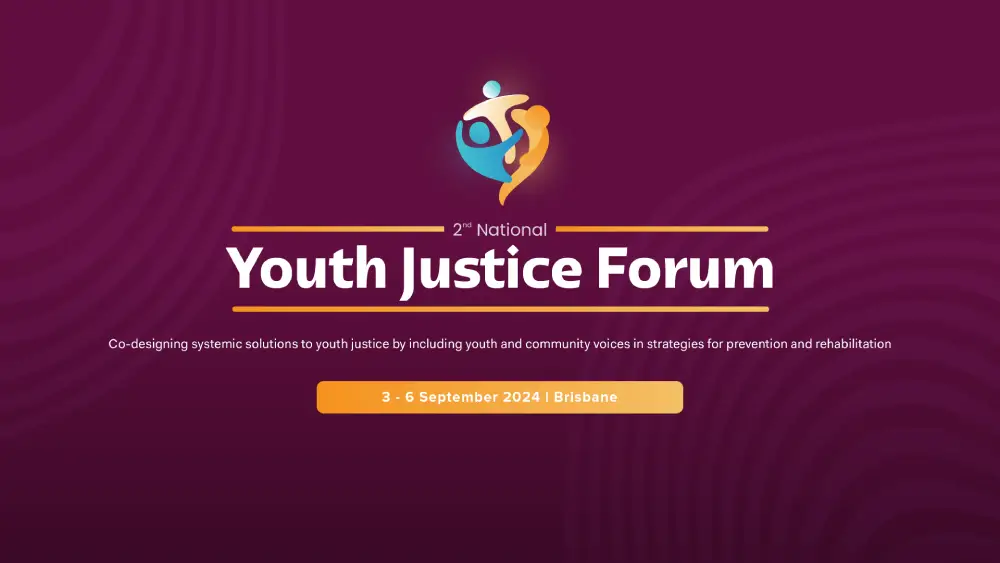With Microsoft discontinuing support for Windows XP and Office 2003 this month, it’s important that any older computers are upgraded to ensure they receive any necessary security updates and patches. It’s also a good chance to look at how you are using information and communication technology (ICT) to achieve your organisation’s goals.
One of the common catch-cries of our ICT Manager is “What are the requirements?”, and it’s one of the best questions you can ask when approaching your organisation’s ICT needs. Finding the answer may take a bit of time, but being strategic in your ICT decisions will ensure you’re equipping your staff with what they need to be as effective and efficient as possible for the best outcomes.
Why be strategic about ICT?
It can be easy to mistake ICT as simply being about whether you should upgrade to the latest version of software or buying the cheapest portable hard-drive to back up your data. But how do you know that software is the best option for your organisation? Are there better ways to back up your data?
While software integrity and data security are both important considerations, the trouble comes when the product comes before the purpose – your ICT strategy needs to be broader than this.
Before you get started, there are a number of factors to consider:
- Your organisation’s mission and goals
- Your ICT limitations
- Your ICT proficiencies
- Your ICT costs
- Your ICT options.
Goals
Technology is first and foremost a tool for fulfilling your organisation’s mission. While it is a great enabler, technology works best when it is matched with achieving an outcome. It could be increasing efficiencies, providing a new service or meeting the needs of your clients, to name just a few.
By taking this approach, you’ll be able to connect your ICT resources to the other activities and strategies developed across the organisation – this will allow for better understanding of technology return on investment.
Limitations
Every organisation will have a different set of limitations. There are some that are externally imposed on your organisation that may be outside of your direct control, and there are internal limitations which may be addressed by proper ICT planning.
An example of an external limitation may be the need to use specific third-party software such as government reporting platforms that may only work on a certain operating system or internet browser.
Internally, organisations may be faced with a mix of older hardware and software, the lack of internal policy and procedures or the need to train staff.
Proficiencies
Broadly speaking, technology will only be as good as the people who use it. Every organisation will have staff and board members with a range of ICT skills, opinions and capabilities. If you don’t have an in-house expert, there may be someone who can help to drive the project and liaise with external consultants.
As any new systems or upgrades are made, taking time to train staff in the use of new technology will be vital to it being a success. There is no point having state-of-the-art technology if people do not know how to use it!
Costs
Through Connecting Up, not-for-profit organisations can already access donated and discounted products from companies such as Microsoft, Cisco and Adobe, helping them to address the cost of software or hardware; however, this is only one piece of the whole. When it comes to reviewing the total cost of ownership, there are many aspects to consider.
One of the major factors in this will be finding ongoing technical support and assistance with any chosen system – whether it is using an open-source solution for your website, a proprietary client management system or assistance with a data recovery emergency. Being able to find the right help at an affordable price is a factor that needs to be considered in your ICT strategy.
Other aspects include future upgrades, scalability, security, insurance, training of staff and potential unavoidable downtimes or outages.
Options
It is no secret that technology is constantly on the move, and getting up to speed with the latest trends can take time. If you do not already have someone in your organisation who is experienced in enterprise or small business-type environments, it is worth discussing your options with a trusted expert who can help you evaluate and implement your ICT solution.
The reality is that there will be a number of ways to tackle any given scenario. There is rarely a ‘one size fits all’ technology solution for every organisation, and getting expert advice that takes your organisation’s goals, limitations, proficiencies and costs into account will be crucial to making sure your ICT strategy is successful in supporting you as you serve your community.
















































































































































